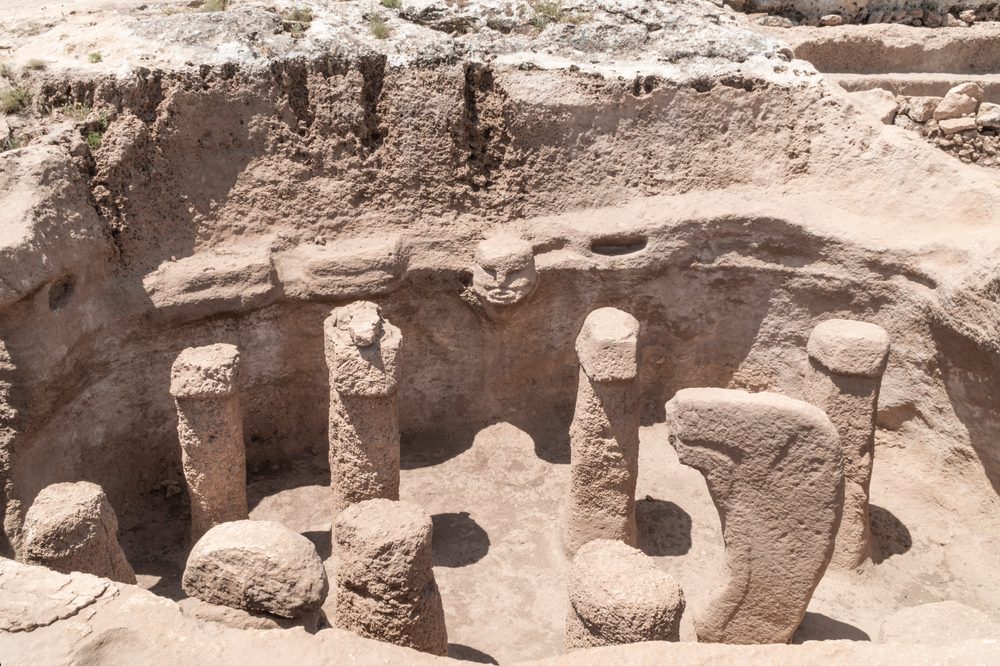The 12,000-year-old prehistoric site of Göbekli Tepe has become showered with attention in recent years – and rightly so – but it’s lesser known that southern Turkey is also home to a very similar “sister site” known as Karahan Tepe.
Located just over 45 kilometers (27 miles) east of Göbekli Tepe, Karahan Tepe was first discovered in 1997, according to an academic paper published in 2000. While the archaeological site has still not been fully excavated, digs have revealed that this ancient complex has some incredible similarities to Göbekli Tepe.
The word “tepe” means hill or summit in Turkish and describes how both of these sites lay around the rocky Tektek Mountains of Turkey, although the hills around Karahan Tepe are slightly less severe with the site stranding around 700 meters (2,296 feet) above sea level.
Its ruins span over an area of 325,000 meters squared (3.4 million feet squared), which is around three times smaller than the Göbekli Tepe excavation area. However, it does feature similar pillar features, special structures, obelisks, and ornate animal sculptures.
It’s unclear what Karahan Tepe was used for. Image credit: Berna Namoglu/Shutterstock.com
As per another study, archaeologists have documented 274 architectural finds at the site, at least 266 being pillars that are still standing proud. A handful of the pillars have even been decorated with stunning reliefs depicting snakes and human faces.
Its precise age isn’t clear, but it’s likely that it dates to around the same time period as Göbekli Tepe. It also looks like it was only inhabited for a brief blip of time during the Pre-Pottery Neolithic period.
One of the main wonders of Göbekli Tepe is that it was built during the Neolithic age at some point between 9600 and 8200 BCE. It is widely thought that complex structures such as this could only be achieved after a society has mastered agriculture, which emerged 10,000 to 12,000 years ago when humans began to domesticate plants and animals.
Yet the age of Göbekli Tepe challenges that fundamental assumption. It suggests that it was constructed at the very dawn of humanity’s first agricultural revolution when settlements were thought to be small and humble gatherings of people who were just beginning to utilize agriculture.
Either that or settled civilizations have been around for longer than thought, although that idea is controversial and riddled with psuedo-archaeological beliefs.
As the world’s oldest known megalithic site, Göbekli Tepe is often shrugged off as a freak anomaly that, for some reason, appears thousands of years before anything else like it on Earth emerged.
However, Karahan Tepe shows that it is certainly not a one-off and other paradigm-shifting discoveries might be out there.
Source Link: Karahan Tepe: The Stunning "Sister" Of Göbekli Tepe Is Just As Mysterious
